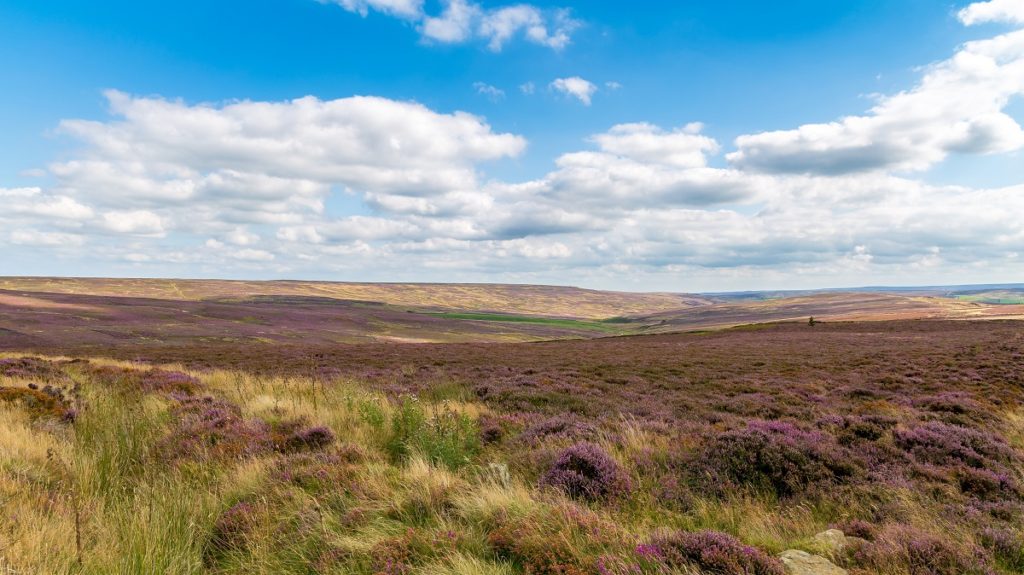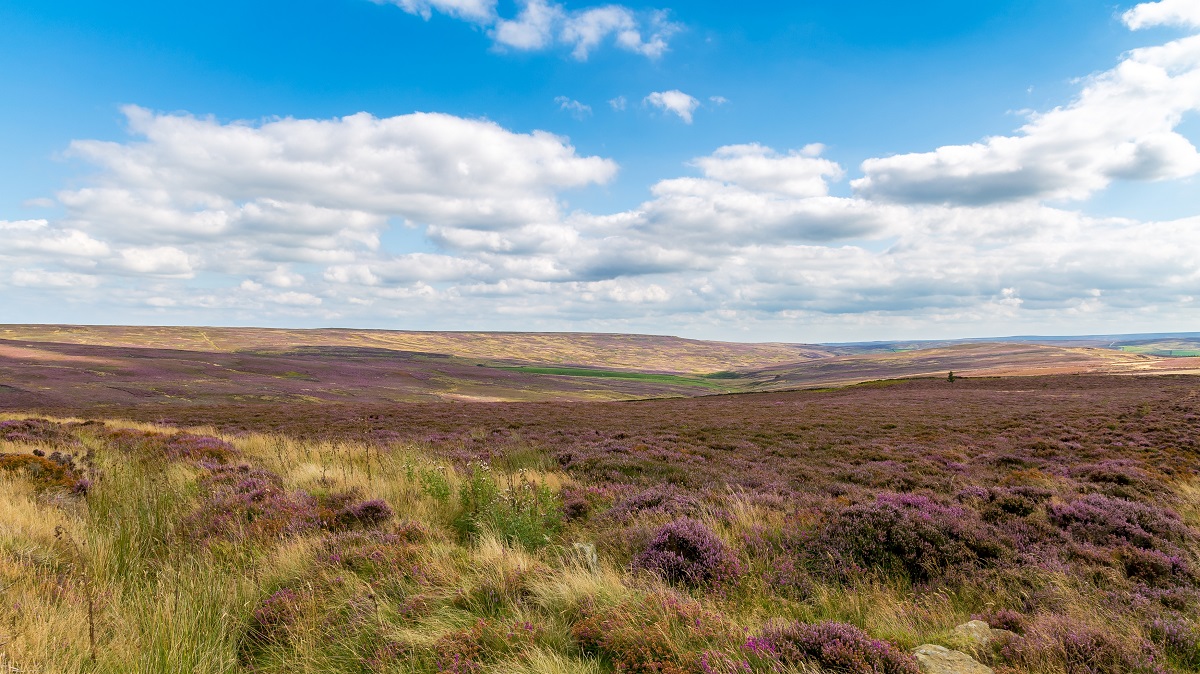 The fire on the Saddleworth Moors demonstrates the dangers of stopping restoration burning to maintain the health of the UK’s heather moorland and control the risks of wild fires.
The fire on the Saddleworth Moors demonstrates the dangers of stopping restoration burning to maintain the health of the UK’s heather moorland and control the risks of wild fires.
Ian Coghill, Chairman of the British Association for Shooting and Conservation’s Uplands Committee said:
“Fires have repeatedly occurred on the Saddleworth moors, part of which burnt to a crisp twenty years ago. There were further fires again last June. Yet according to Natural England restoration burning to reduce the fire risk cannot be used as a management tool except as a last resort. Political correctness is creating environmental damage.”
Saddleworth moor, where the most recent fire occurred, is owned by the National Trust and is not used for driven grouse shooting. The moor has never been drained. The Trust has chosen not to use restoration burning, which is a controlled practice to reduce the height of heather which presents a fire risk. Wild fires on the Saddleworth moors are estimated to have lost 7 cm of peat across the moors and leached 30 tonnes of lead, from historic industrial pollution, into the local river system. If Natural England continues to put a stop on the use of restoration burning as a normal management tool then the risk of environmental damage occurring from wild fires is increased. It is estimated that it will take between one and two decades for the condition of the Saddleworth moors to return to where they were last year.
Ian Grindy, Chairman of BASC’s Game shooting committee and a former manager of upland areas in the Forest of Bowland said:
“Many local gamekeepers volunteered and helped bring the Saddleworth moor blaze under control – it is a shame that their contribution has not been recognised. Gamekeepers use restoration burning to reduce fire risk. Their hands on expertise is being ignored by the regulators. As a result we will see more fires and further damage to the uplands. People also forget that gamekeepers are often the first people to spot a wild fire and often the first to put them out before they get out of control, a fact often overlooked by various theorists of upland management.”
